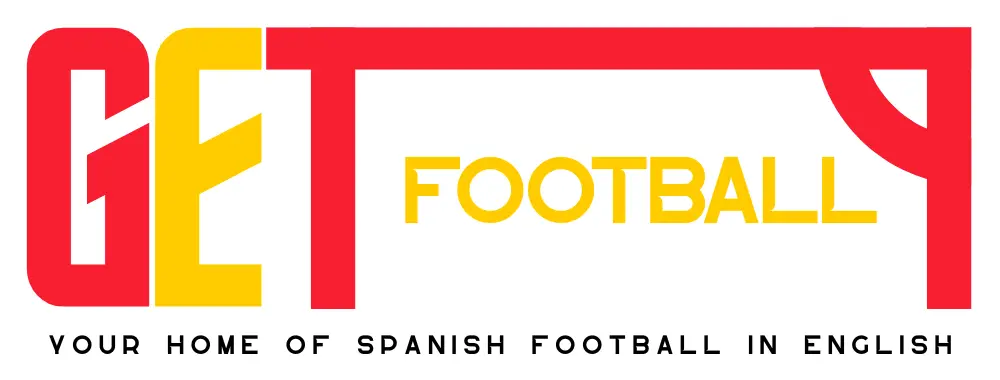Thirty-five La Liga wins, 19 Copa del Rey victories, 14 Champions League titles, and five Club World Cup triumphs – no doubt, Real Madrid is the most successful football club to have ever existed in the history of the sport. Over the last 10 years, Los Blancos have been dominating European and world football to a level unseen since Francisco Franco’s dictatorship in the mid-twentieth century. The madridismo identity, which is synonymous with winning silverware and prevailing over others at all costs, was no less evident than at the title celebrations of their latest Champions League win.
This writer was working as a freelance journalist in Madrid at the time of the Champions League final, meaning I had the chance to experience the events of the 28 May in the city, as well as the celebrations during the subsequent days.
To understand Real Madrid, one needs to understand the city of Madrid itself. The former capital of the late Spanish Empire, it has acquired the status of not just the capital of Spain, but the capital of the Spanish-speaking world. To this day it remains an important point on the map, not least because a significant proportion of visitors from Latin America enter and leave Europe via the city. As one wanders the streets of Madrid, they truly get a feel of the city’s historic past through its architecture. From the flamboyant buildings originating from the Bourbon era to the grandiose constructions completed in the 19th century, Madrid cemented itself as a European capital that could give other global cities of the time a run for their money. Sol, the city’s main square, was established as point zero, from where all distances in Spain are still measured from.
While under the dictatorship the city’s global role economically and geopolitically declined, it has most certainly maintained its status as the capital of Spain. During this period Real Madrid became the team of the establishment and in order to create a positive image of the state in Spain and beyond, the regime’s heavy investment into the team, which was reflected on the pitch; in the space of 10 years between 1956 and 1966, Los Blancos won no less than six European cups. Real Madrid had to win and dominate the game, regardless of whether that was against their archrival Barcelona or the giants of European football.
While the Spanish Empire and the Francoist dictatorship are most certainly a thing of the past, the ideology of asserting dominance, a by-product of Real Madrid’s success in the 20th century, still remains ingrained in the madridista identity, even amongst fans around the world who started supporting the club after the fall of the dictatorship in the modern era of globalisation and have no connection to Spain and its history. Just like other top European sides, Real Madrid has embraced fans from around the world as it tries to form a new era in the team’s history with a nuanced identity that is very much inclusive of supporters who do live in the country so that they can fully feel part of the Los Blancos family.
The 2022 Champions League final itself was held over 1,000 km away at the Stade de France. The game finished 1-0 thanks to a goal by Vinícius Júnior in the 59th minute. While I already had extensive knowledge of Real Madrid and the city it is based in prior to the game, I only really experienced what it means to be a fan of the club following the full-time whistle.
After Real Madrid secured their 14th Champions League title, beating their own record, there was only one place to really go to – Cibeles. This colossal square, a remnant of Madrid’s past and which is connected to Sol via the monumental thoroughfare of Calle de Alcalá, is the place where Real Madrid supporters gather when it is time to celebrate silverware. As fans flooded towards their meeting point from across the city, the local police set up ad-hoc checkpoints to control the crowd. On the square fans were belting Real Madrid chants and songs as they cracked open the Mahou beer cans and uncorked the bottles of fine Rioja wine. Cibeles became the site of a city-wide botellón (a Spanish term to describe social gathering organised around drinking in public spaces), where tens of thousands of people enjoyed Real Madrid’s latest European triumph. Supporters chanted vulgar mantras targeting Kylian Mbappé, showing madridistas’ dismay and pitiless resentment towards the Frenchman for choosing to stay at PSG – no player can be bigger than the club they represent, and playing for Real Madrid should be an honour and not a guarantee.
When interviewing local fans about their victory, all they could muster in their broken English was “14 Champions! 14 Champions!”. Madridismo is built around the concept of winning. The game itself and the opposition did not matter, only the result that asserted Madrid’s position at the helm of world football.
As festivities continued late into the night, the ensuing quiet Sunday morning saw the preparations for the official celebrations. Roads around the city centre were closed by the police and a big stage was erected by Cibeles’ fountain directly in front of the palace that towers over the square to prepare for the ensuing trophy parade later during the day. By mid-afternoon the people started making their way to Cibeles from all four corners of the city as if it were the night before. However, there was a change in the sense of aura just 24 hours after the events of last night – the atmosphere felt more austere and there was a palpable feeling of anticipation in the air.
For the next couple of hours as the square filled up, there were musical performances on the stage and a look back at Los Blancos’ successful season. Then suddenly, a moment of silence. Not even a hint of a direction from the organisers, everyone turned towards the direction of Calle de Alcalá – with Real Madrid’s recent successes, events like this have become a common occurrence where supporters do not need guidance to observe the ceremony. A couple of seconds later the tune of “Hala Madrid” rang around Cibeles as supporters raised their flags and vocalised the lyrics. The team bus appeared, with players lifting the trophy above their heads. As they made themselves onto the stage, they addressed the crowd and thanked their support throughout the whole season. It was a gathering like no other, where Madrid felt like the centre of the world once again. Over the last couple of decades, many things have changed concerning the club – it has become a global brand and a club that embraces diversity. Unlike in the 1950s and 1960s, the side’s current accomplishments can be enjoyed by fans without having to feel the guilt of a dictatorship backing their success. Nonetheless, to a certain extent through their drive to achieve success, Real Madrid remains a product of its city and its past, a crucial foundation for the madridista identity.
Tom Cserép










